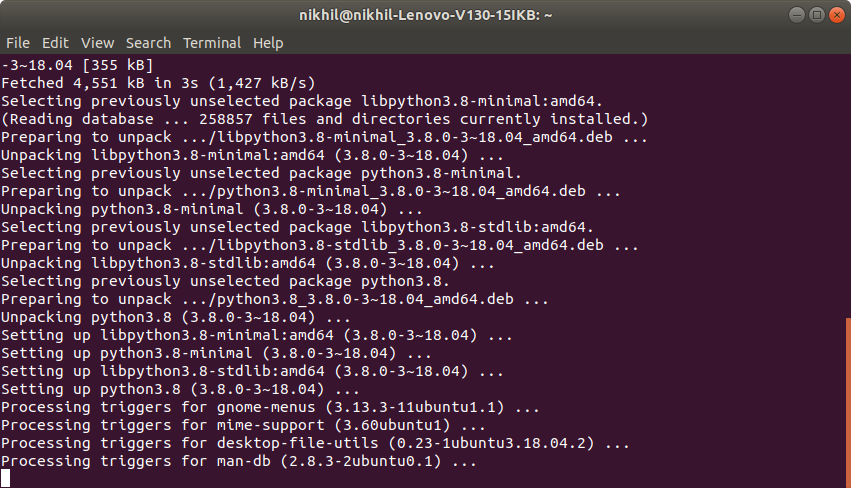How to install Python on Linux?
Last Updated :
15 Nov, 2023
Before we start with how to install Python3 on Linux, let’s first go through the basic introduction to Python. Python is a widely used general-purpose, high-level programming language. Python is a programming language that lets you work quickly and integrate systems more efficiently. There are two major Python versions- Python 2 and Python 3. Both are quite different.
Prerequisite: Python Language Introduction
Getting Started with Python
Python is a lot easier to code and learn. Python programs can be written on any plain text editor like Notepad, Notepad++, or anything of that sort. One can also use an online IDE for writing Python codes or can even install one on their system to make it more feasible to write these codes because IDEs provide a lot of features like intuitive code editor, debugger, compiler, etc. To begin with, writing Python Codes and performing various intriguing and useful operations, one must have Python installed on their System.
Check if Python already exists
Most of the Linux OS has Python pre-installed. To check if your device is pre-installed with Python or not, just go to the terminal using Ctrl+Alt+T.
Now run the following command:
For Python2
python --version
For Python3.x
python3.x --version
If Python is already installed, it will generate a message with the Python version available.

Beginning Python installation
For almost every Linux system, the following command could be used to install Python directly:
$ sudo apt-get install python3.8
Getting Started
We will start our installation by writing the password as mentioned in the below picture that gives the permission to perform further operations.

Assigning DiskSpace
Generally, it asks for additional diskspace and we generally continue by typing Y and then enter.

Fetching and Installing Packages
It’s a process in which required packages and modules are fetched and installed automatically. It happens on it’s own when we give the permission to assign the diskspace.

Getting through the installation process

Finished Installation
Here, the required installation is completed.

To verify the installation enter the following commands in your Terminal.
python3.8
Run our First Python Program
Let’s consider a simple Hello World Program.
Output:

Like Article
Suggest improvement
Share your thoughts in the comments
Please Login to comment...